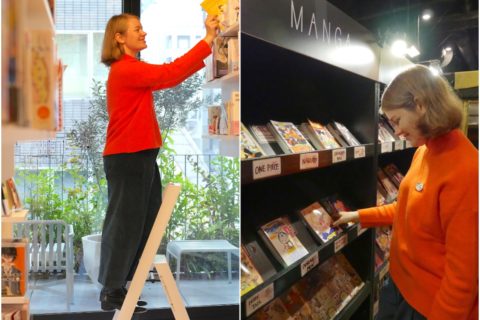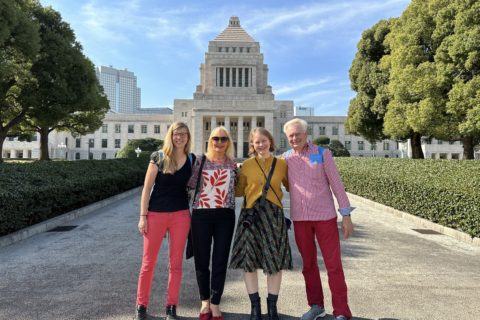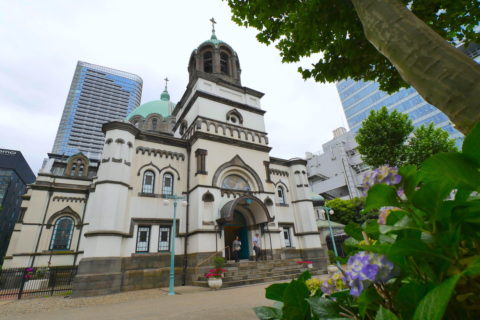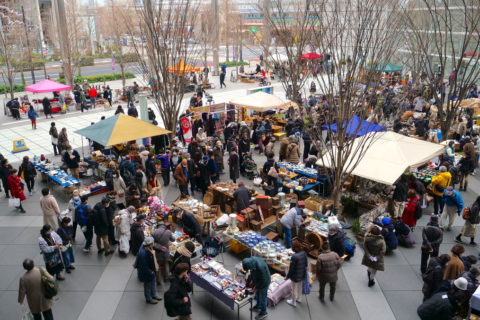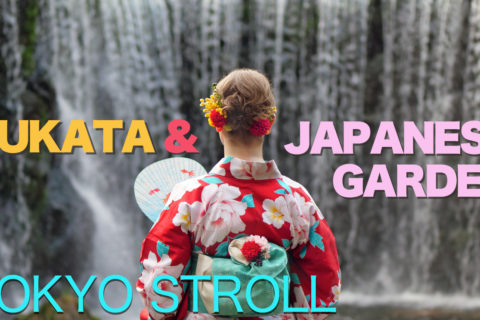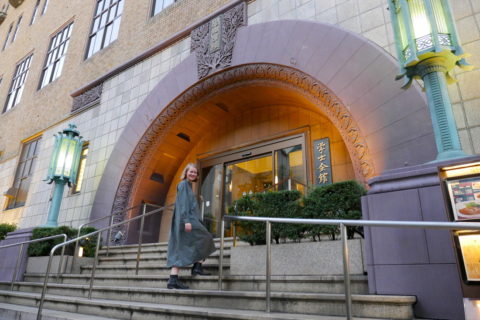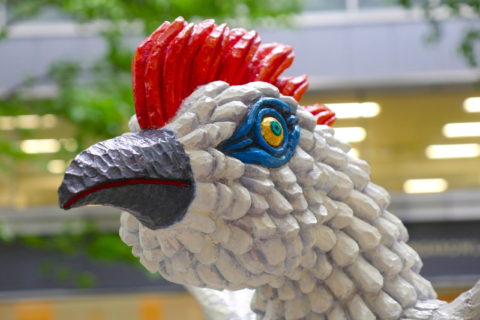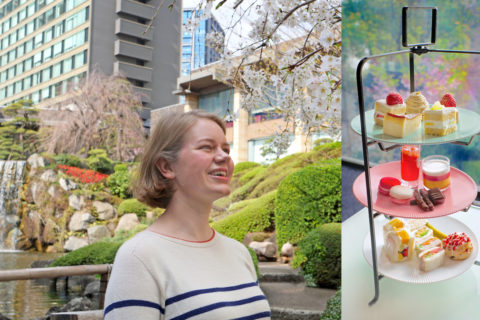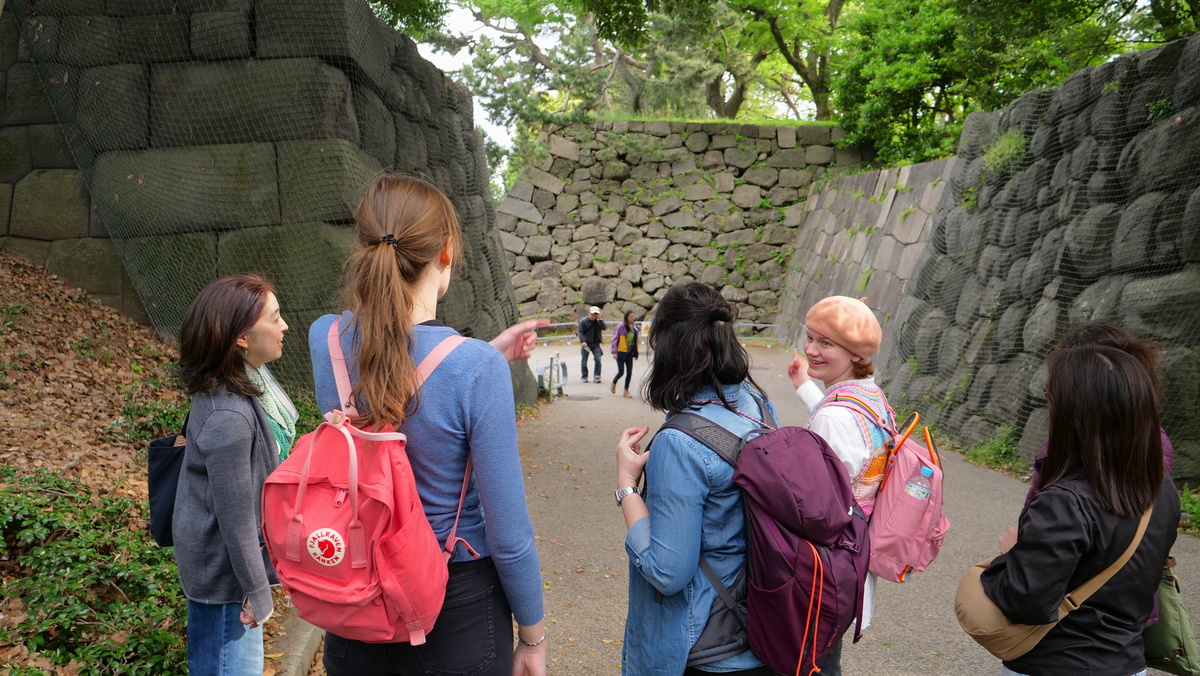
Are you visiting Tokyo and looking for a beautiful spot to experience nature in the city? Look no further than the East Gardens of the Imperial Palace, a vast garden of about 210,000 square meters. The garden features historical buildings such as the ruins and stone walls of Edo Castle. Visitors can learn about the history of Tokyo and the stunning flora of the gardens by joining a free guided tour led by volunteers.
In our last article we introduced the “Imperial Palace General Sightseeing Tour” (article link) which requires advance reservations or reception on the day. anyone can visit the Imperial Palace East Gardens without prior booking. The gardens are open to the public during specific hours.
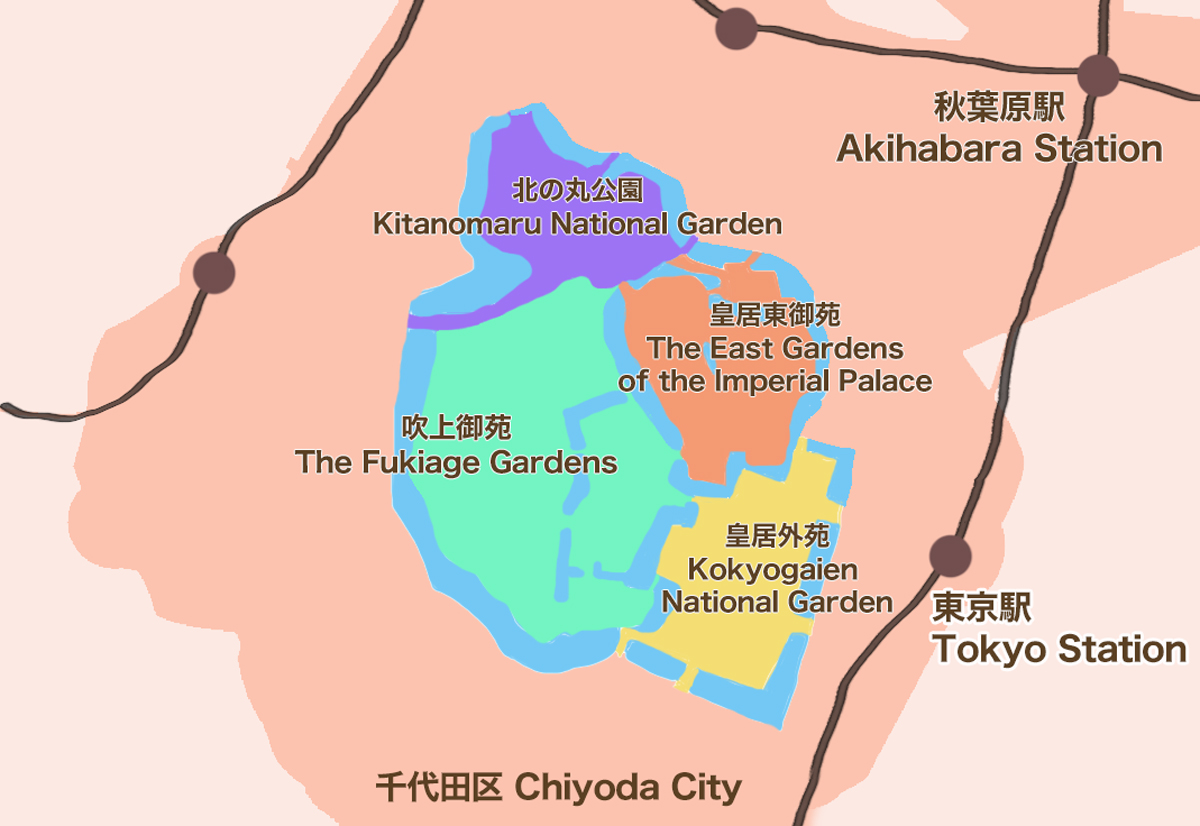
What are the “East Gardens of the Imperial Palace”?
Being part of the Honmaru (the main enclosure), Ninomaru (outer citadel), and Sannomaru (outermost region of the castle) of the former Edo Castle, the East Gardens of the Imperial Palace have been open to the public since 1968, and are free to enter during opening hours. They have been partly redesigned as a garden of the Imperial Palace.
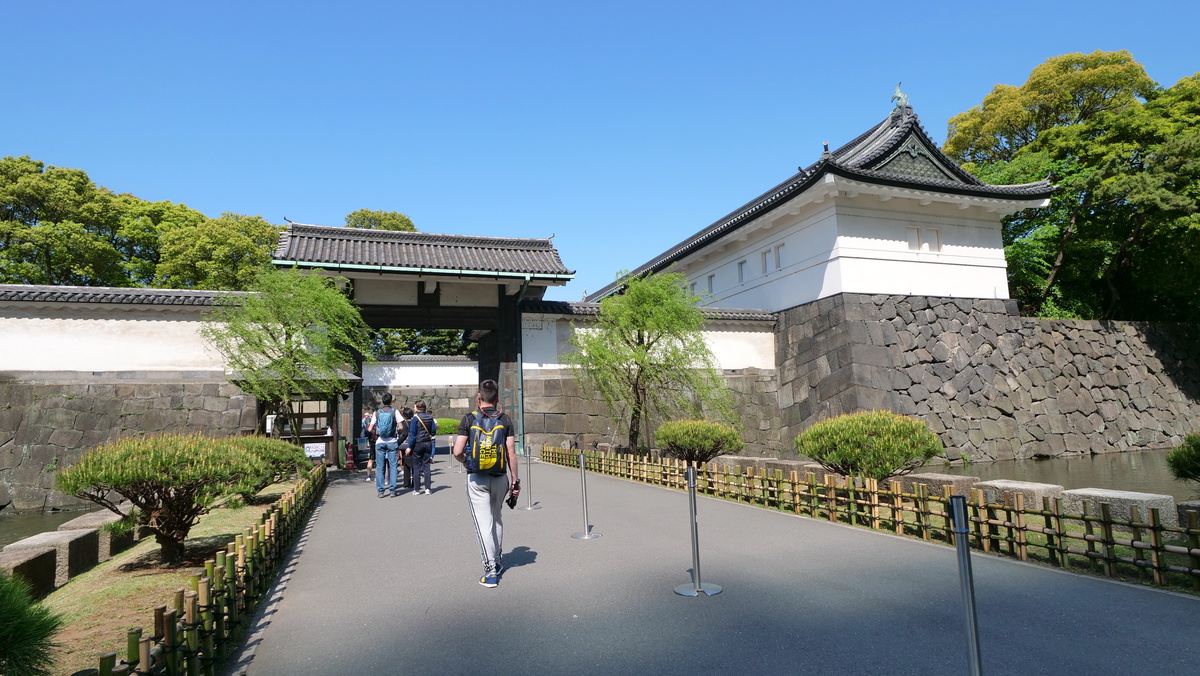
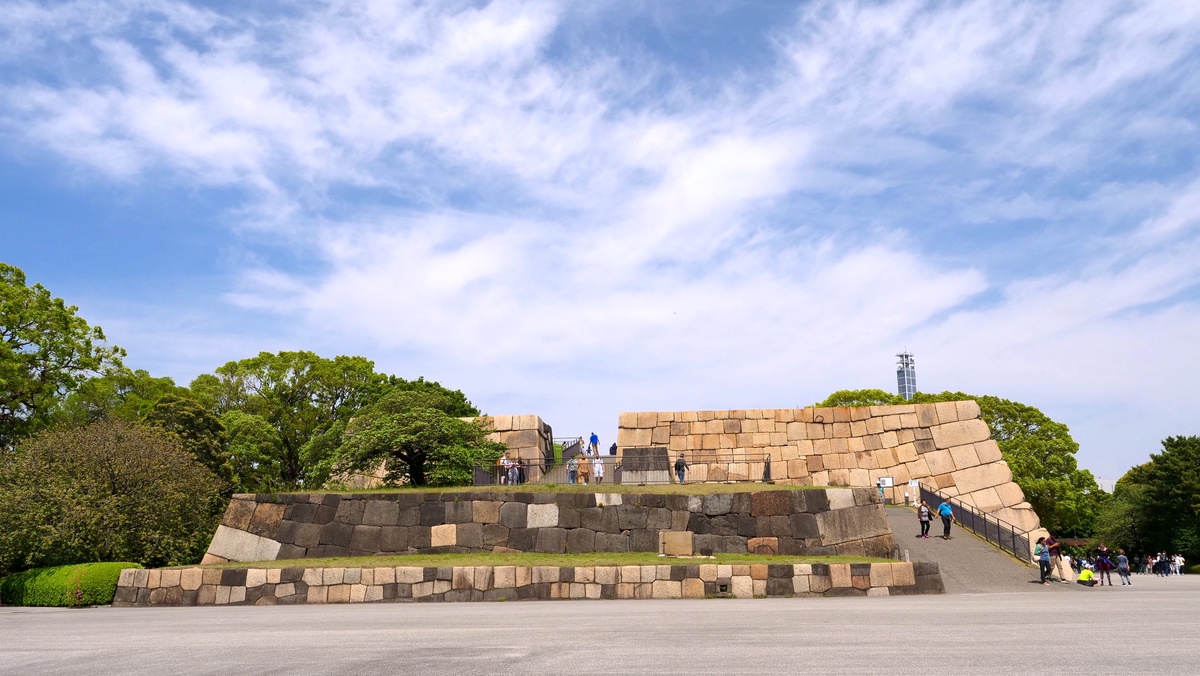
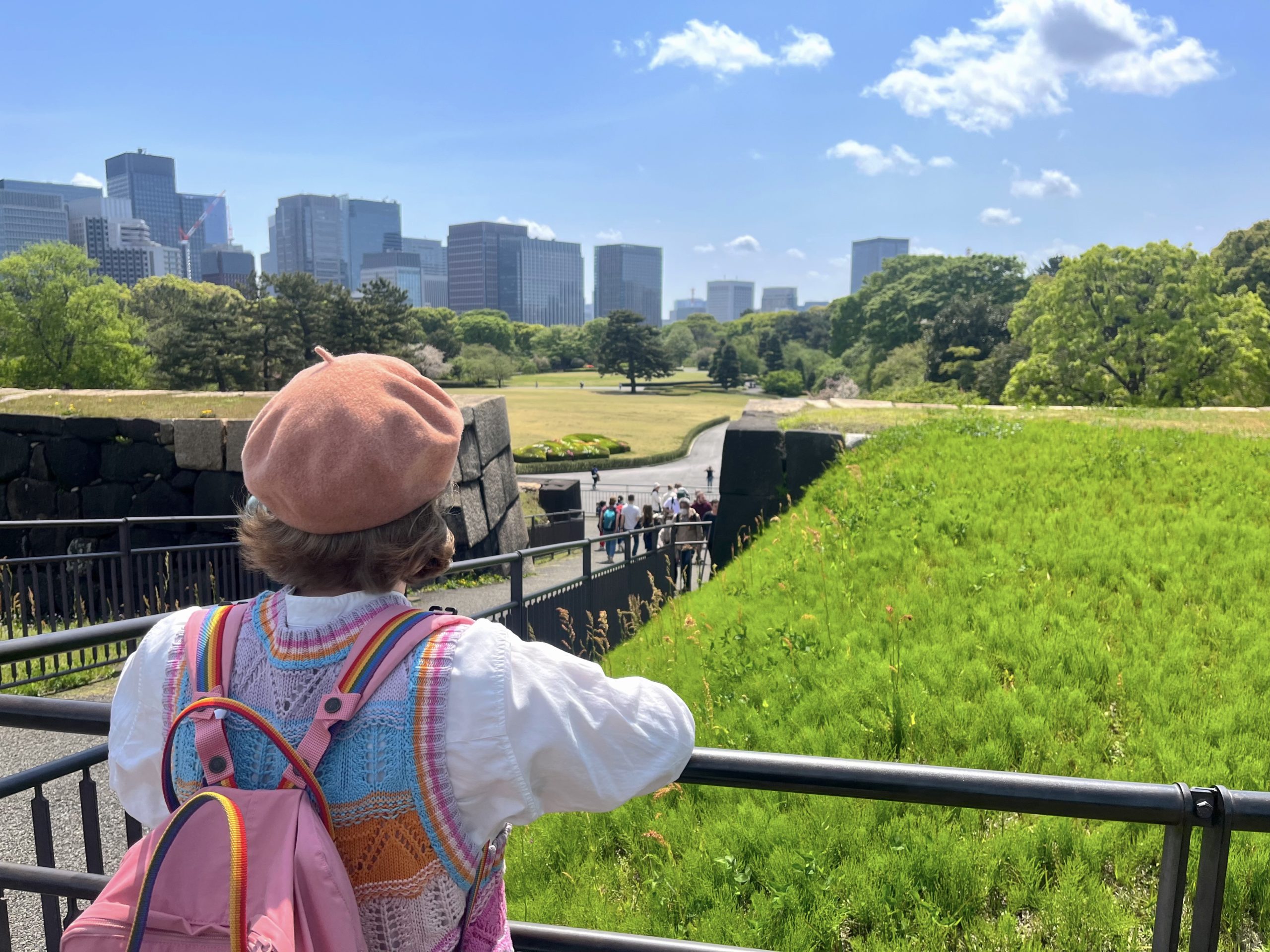
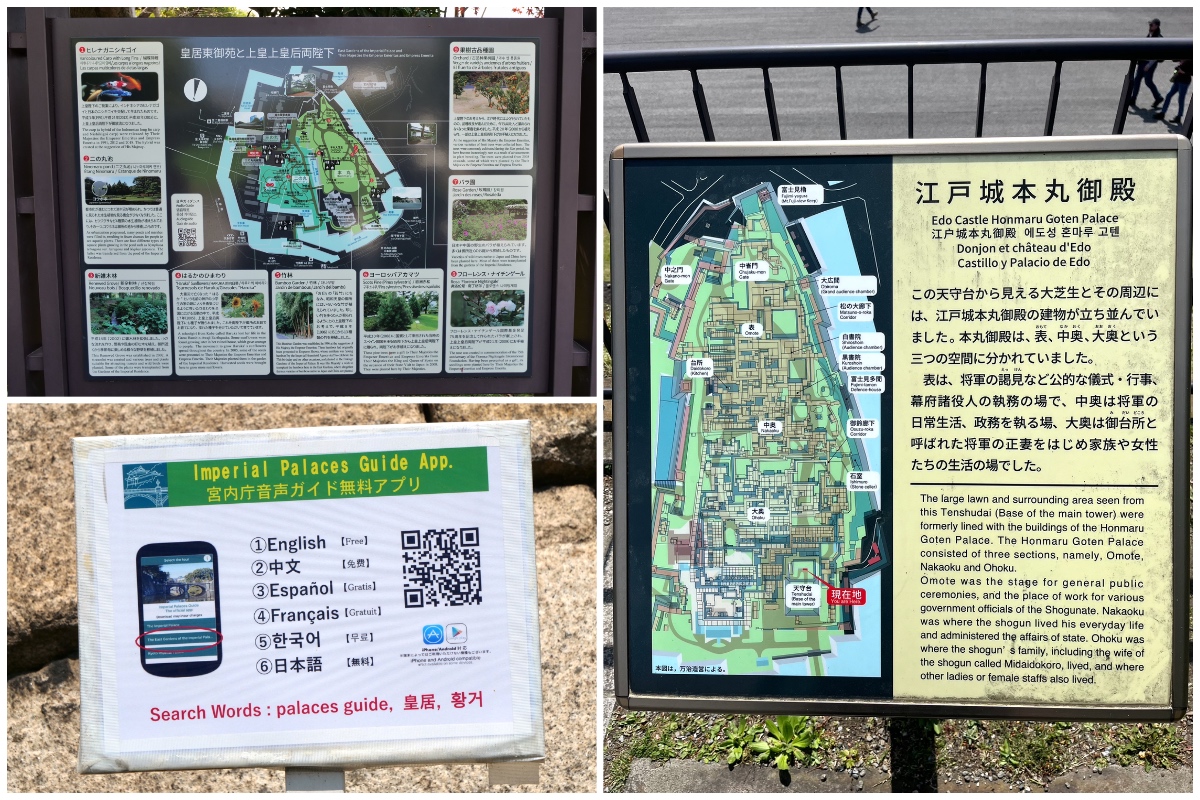
Join a free guided tour!
If you want to visit the Imperial Palace East Gardens, we recommend joining the popular volunteer guided tours. The free guided tours, available in both Japanese and English, provide visitors with unique information and a chance to ask specific questions. I, Editor-in-Chief Marei, joined a tour and it felt like going on an adventure. The tour is a great opportunity to make new friends and create unforgettable memories.
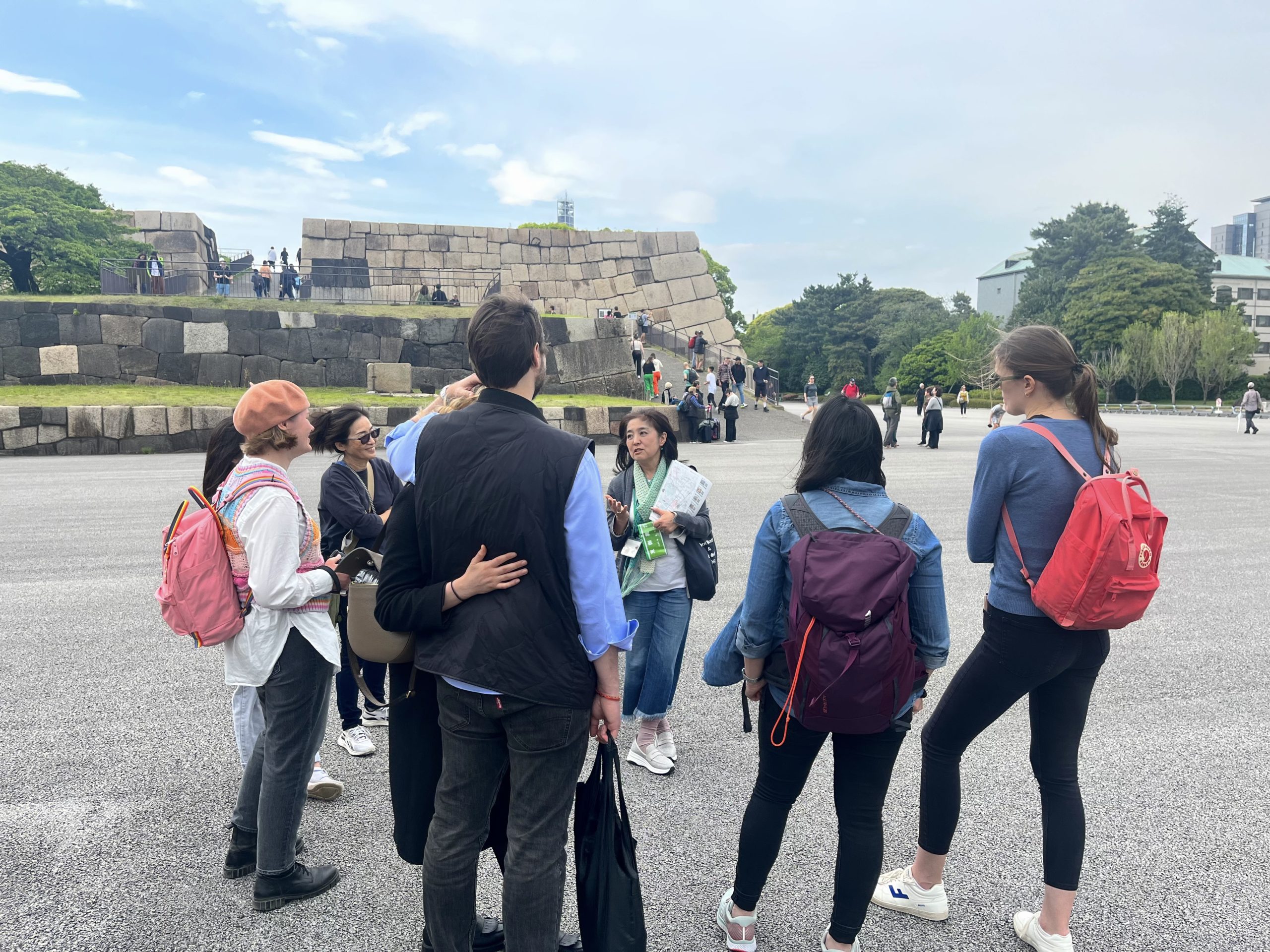
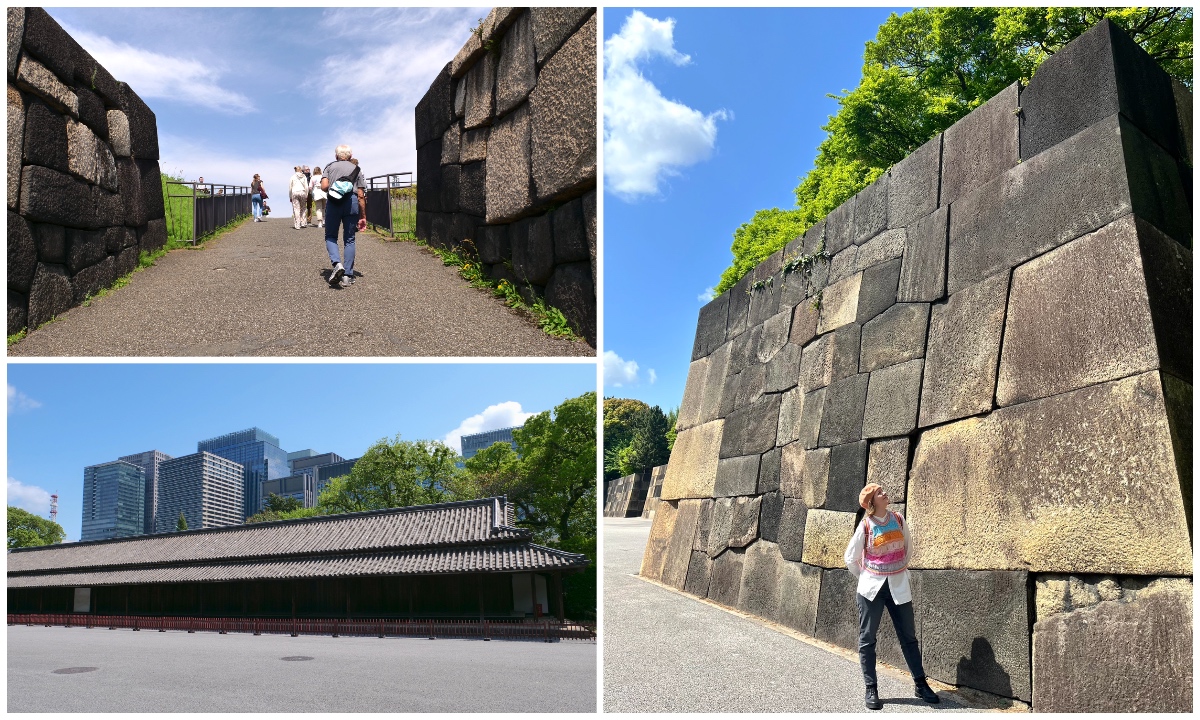
One interesting fact about Edo Castle the volunteer guide told me during the guided tour is that the 60-meter castle tower was destroyed in a fire in 1657 and was never rebuilt. Therefore you can only see the base of the tower, which feels kind of disappointing. But there is a reason why the tower was never rebuilt. At that time in history, the long war times had already ended in Japan. The leader believed that a peaceful era would undoubtedly start. So the money was used for rebuilding other parts of the town and helping people. Wow! I don’t think I would have known this episode if I hadn’t taken the tour.
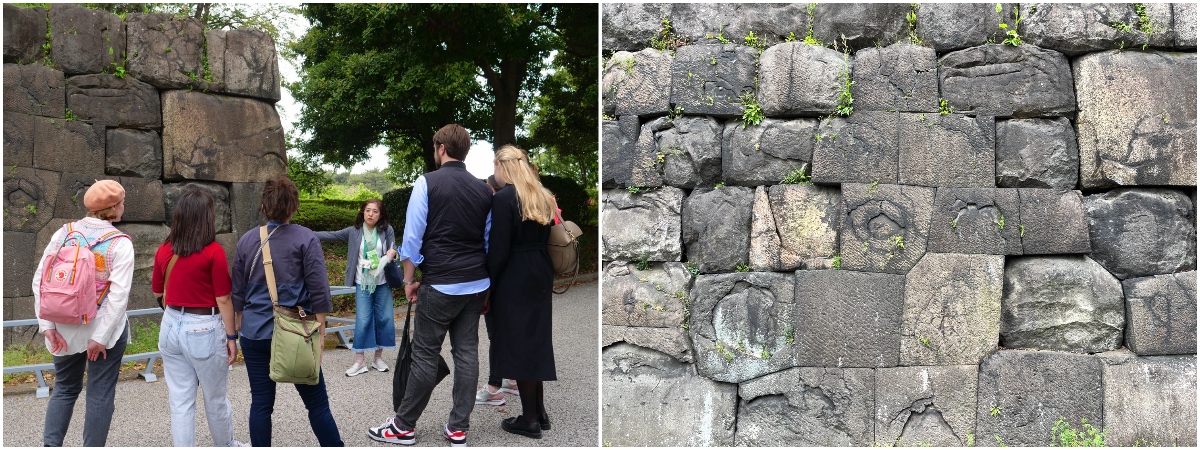
What impressed me about the tour was that there were many explanations about the nature of the garden. The East Gardens of the Imperial Palace feature a vast collection of plants from all over Japan, including over 30 varieties of cherry trees, trees representing each prefecture in Japan, azaleas, hydrangeas, pine trees, wild grasses, and giant camphor trees, and others.
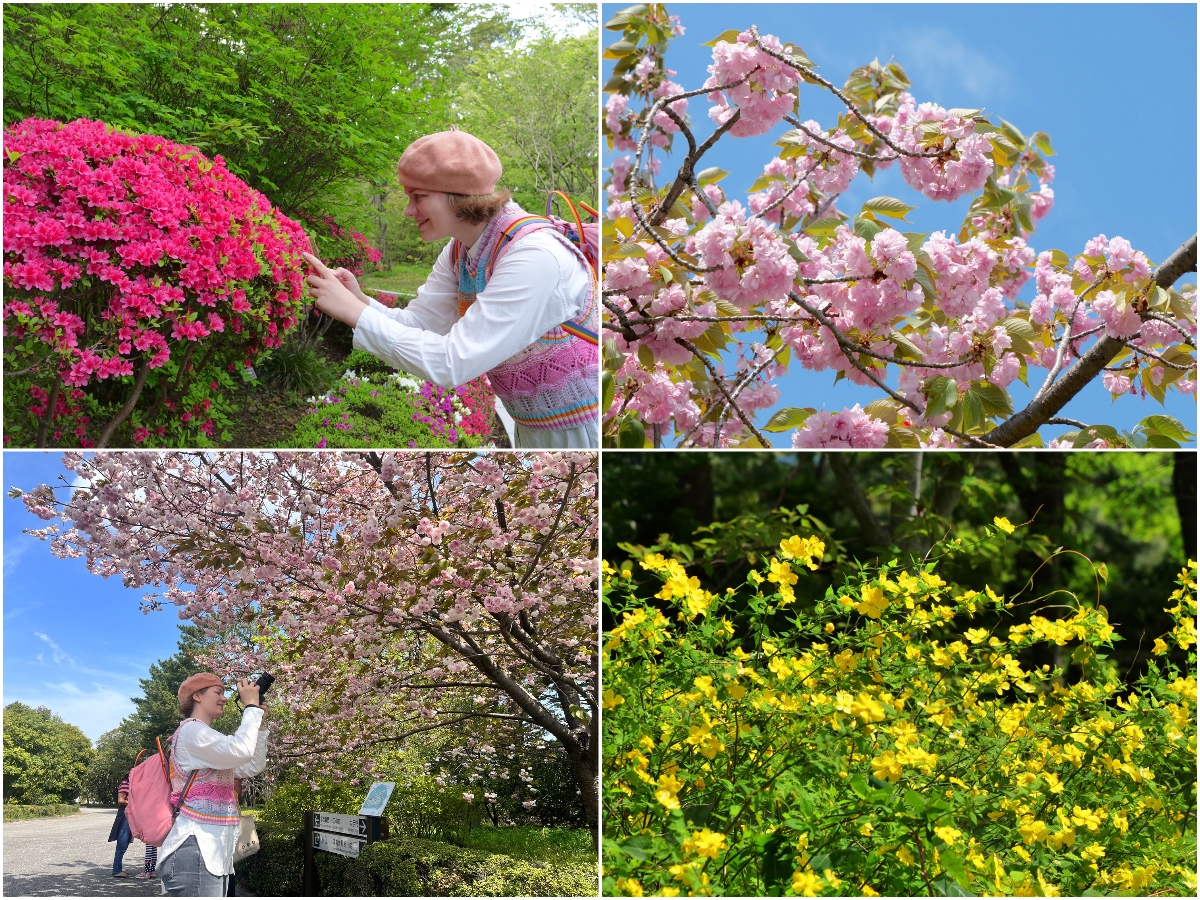
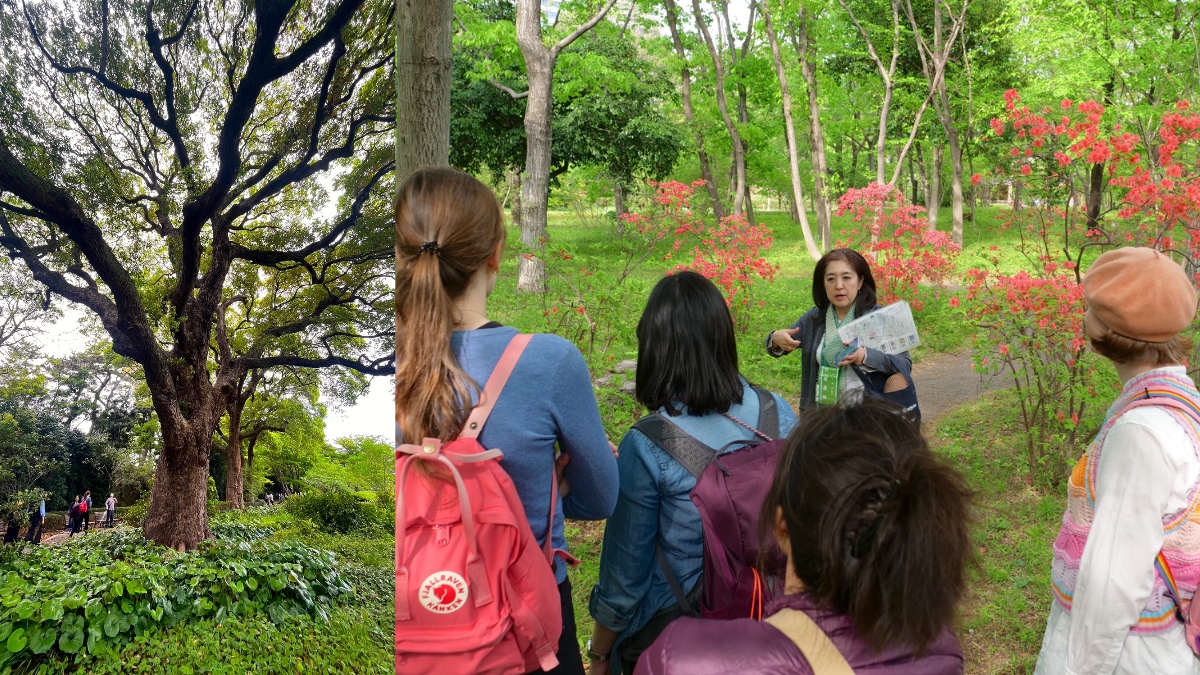
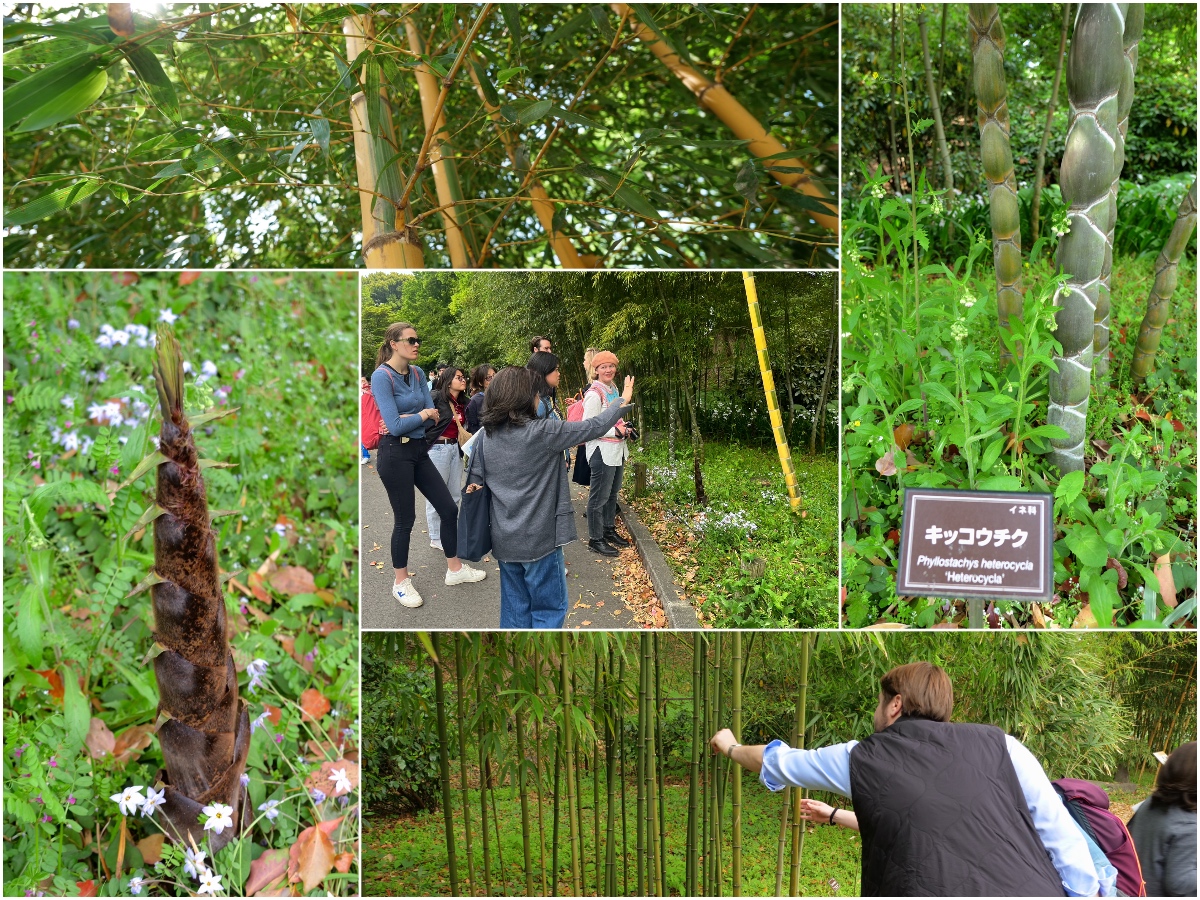
The finale of the 90-minute guided tour was the Ninomaru Garden. The guided tour concludes inside the picturesque recreation of a strolling garden built in 1630.
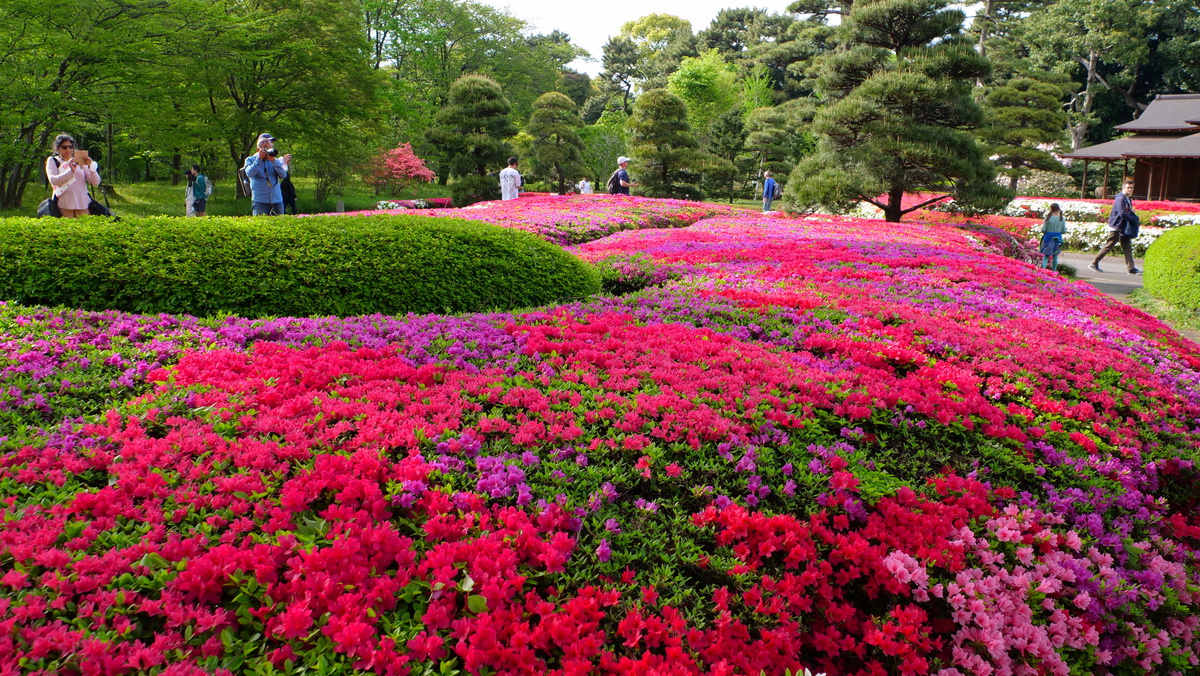
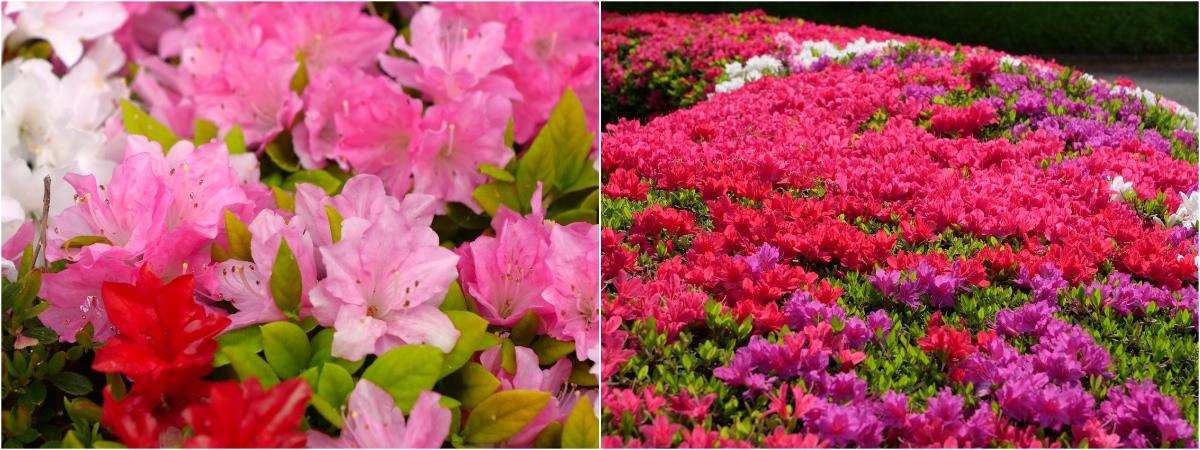
Since the tour ends inside the gardens, you can continue to go on new adventures from here if you want to take some more photos or explore the gardens.
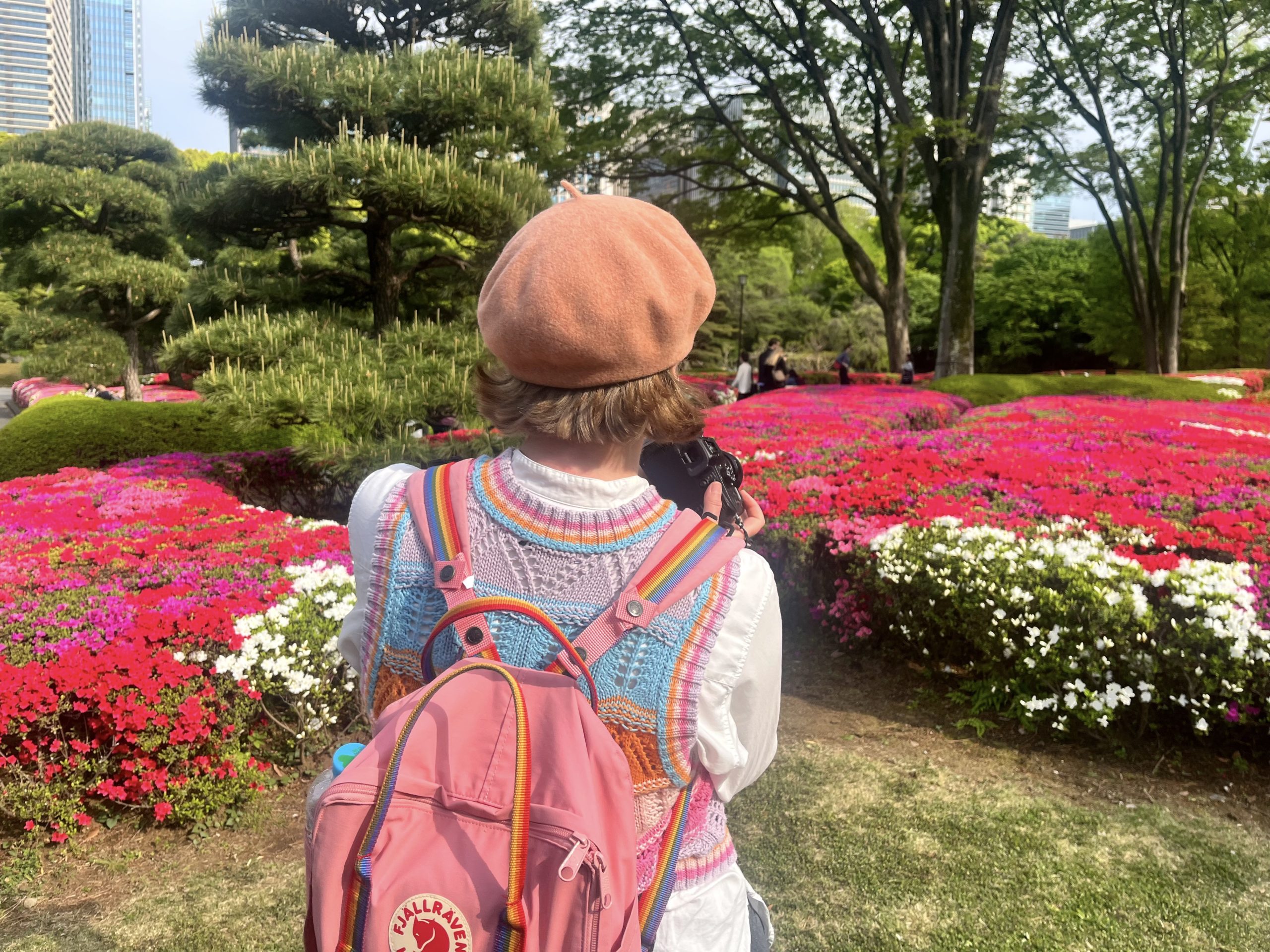
If you want to learn about Tokyo’s history and flora while strolling through beautiful nature, why not join a guided tour? “the East Gardens of the Imperial Palace” will surely become a wonderful memory of your trip.
The East Gardens of the Imperial Palace
https://www.kunaicho.go.jp/event/higashigyoen/higashigyoen.html (Japanese)
https://www.kunaicho.go.jp/e-event/higashigyoen02.html (English)
Opening hours: 9:00 to 16:00 to 18:00 (depending on the season)
Access: The entrances are Otemon Gate, Hirakawamon Gate, and Kitahanebashimon Gate.
Nearest station: Tokyo Station, Otemachi Station
Google Maps: https://goo.gl/maps/mFu6kW8kQrVSnZDF9 (Otemon Gate)
Guided tour by the Kikuyou Cultural Association
https://www.kikuyou.or.jp/higashigyoen/guide.html (Japanese)
Tour Dates: Every Wednesday and Saturday (Please check the website for dates)
Japanese guide: 10:30 a.m., 1:20 p.m.
English-speaking guide: 11:00 a.m., 2:00 p.m.
Duration: About 1 hour to 1 hour 30
Reservation: Advance reservation is not required
The meeting point is the Ote rest area inside the garden close to Otemon Gate.
Google Maps: https://goo.gl/maps/7CkM6YYcRUm2tmHU8


